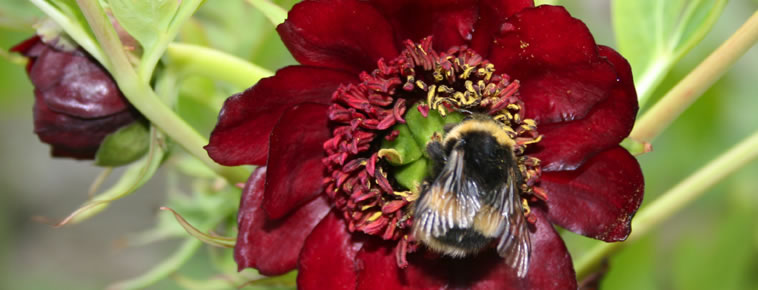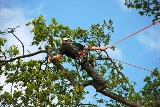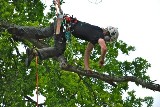
Autumn - October
OCTOBERWe are very thankful to have had a better spell of rain but the garden is still much drier th..
more
OCTOBERWe are very thankful to have had a better spell of rain but the garden is still much drier th..
more
2025 Seed list and Organised tours 2026 & Beyond
2025 SEED LISTPlease send your email address to wmattingley@btinternet.com if you would li..
more
2025 SEED LISTPlease send your email address to wmattingley@btinternet.com if you would li..
more
Red squirrels and other wildlife in the garden
The numerous red squirrels at Cluny are very active throughout most of the day but especially when t..
more
The numerous red squirrels at Cluny are very active throughout most of the day but especially when t..
more

Latest News
Autumn - October
OCTOBER
We are very thankful to have had a better spell of rain but the garden is still much drier than we would like. After the long hot spell some trees and shrubs in particular have suffered. Leaves are definitely beginning to turn in colour particularly on the Japanese maples. The garden is smelling of Autumn with decaying leaves and fungi!
Highlights in October include: spectacular colour with the scents of autumn; Giant Himalayan Lily seed heads; pink and white Cyclamen; white anemones; various colours and types of berries and hips; and plenty of wildlife!
Please try to arrive between 9 & 10 in the morning to obtain the best views of the red squirrels.
2025 Seed list and Organised tours 2026 & Beyond
2025 SEED LIST
Please send your email address to wmattingley@btinternet.com if you would like a copy of the 2025 list which will be sent out in late November/early December.
ORGANISED TOURS 2026 & BEYOND
If you have the opportunity of organising a group of eight or more people (up to 20), we will happily provide a guide for free. Organised visits in the evenings can also be arranged. As we have limitations on the size of bus which can access the garden, please contact us.
Red squirrels and other wildlife in the garden
The numerous red squirrels at Cluny are very active throughout most of the day but especially when they are fed around 0900-0930 with hazelnuts, sunflower seed and peanuts, and occasionally fruit. Apart from at the feeders, if you go around the garden quietly, taking your time you should see the squirrels foraging on the ground or scampering off up a tree. No 5, at the Big Tree is a good spot to sit and watch them for as long as you want.
A couple of hedgehogs were released in 2024 into the garden and one was seen in the last week of June. Here's hoping they do thrive. Pine martens do visit the garden probably mainly at night although they have been seen during the day as well. Wandering badgers and foxes also visit. Stoats are definitely present and you may be lucky enough to see one.
Many woodland bird species are present including 3 types of tits, bullfinch, treecreeper, chaffinch, greenfinch, goldcrest, great spotted woodpecker, nuthatch, blackbird, long-tailed tit, jackdaw, song and mistle thrushes. Jays sometimes frequent the bird feeders and buzzards, ravens and sparrowhawk are regular overhead. Red kites are also now being seen more frequently. Always a good idea to keep a look out above!
The last Red Admirals and a single Comma butterfly were still around at the end of September feeding on fallen apples.

